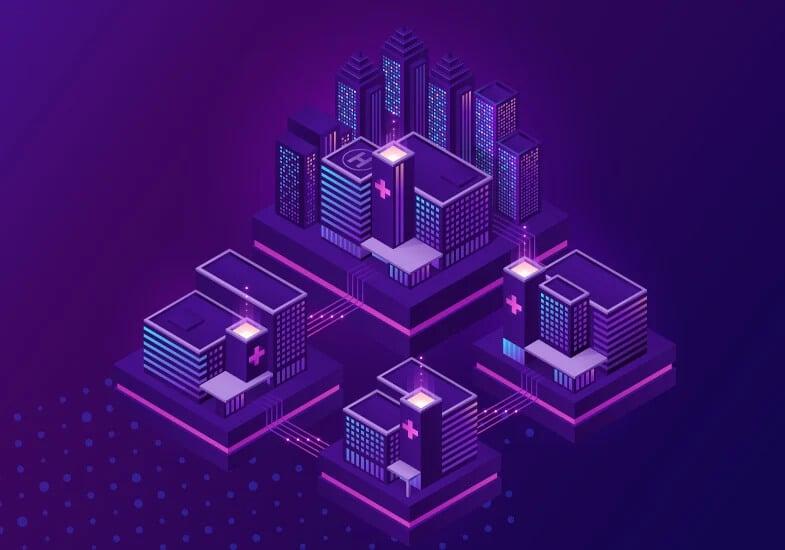
Related Post
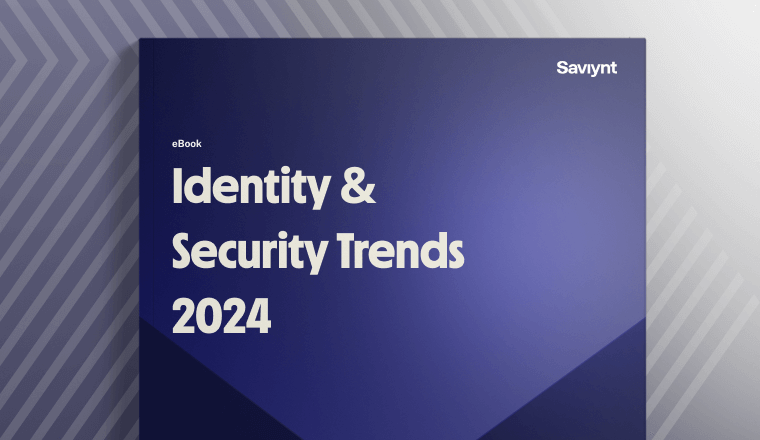
Report
2024 Identity and Security Trends
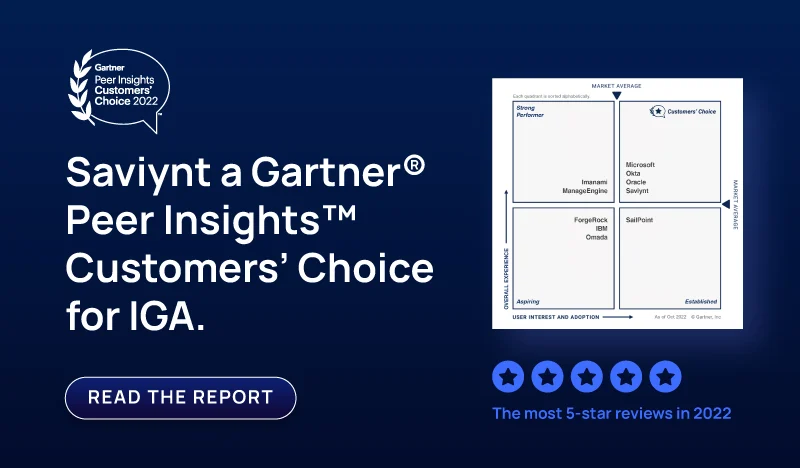
Report
Saviynt a Gartner Peer® Insights Customers Choice for IGA
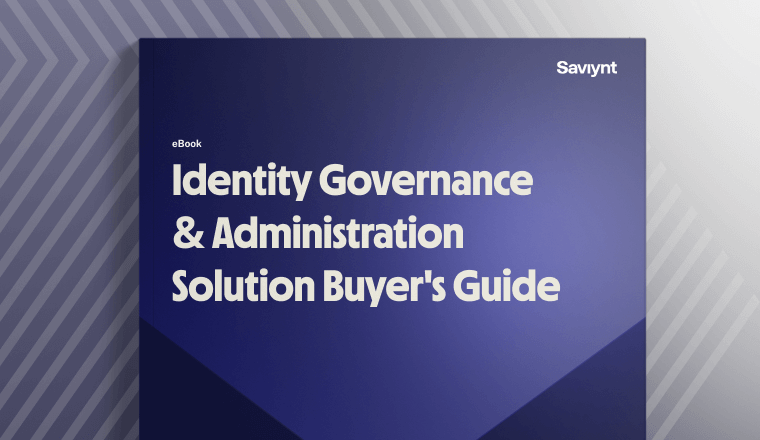
Solution Guide
IGA Buyer's Guide
-1.png)
Solution Guide
PAM Buyers Guide
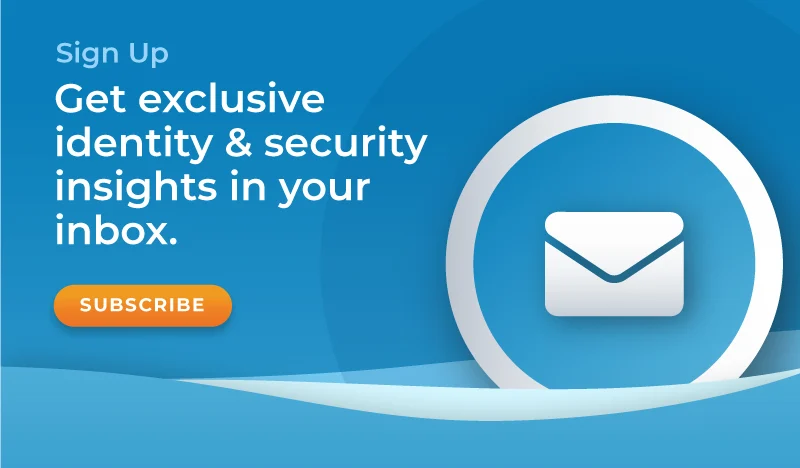
Whitepaper
Use our partner finder to discover your perfect business match.
Tune in for expert-led live demos on how Saviynt’s identity security solutions transform your digital security with actionable insights and best practices.

More than 90% of healthcare organizations have now adopted EHR systems, but these systems have brought challenges around effectively securing and sharing sensitive information. In Part 3 of our four-part series on how Converged Identity Platforms (CIPs) support healthcare provider identity security programs, we’ll be focusing on the protection of patient, workforce, and organizational data.
Disparate and point products can often only see a sub-set of identities and applications. Some may only support identities in a single cloud or on-premises, leaving administrators to either work in different management consoles to compile data and export different reports to get a clear picture of what is going on in their environment. Or, even worse, an organization may deem the risk minimal enough to not worry about governing certain types of identities based on location or type, compromising compliance. Being able to consolidate identity information into a single repository that brings information in from various authoritative data sources allows organizations to strengthen data security while also simplifying program management.
Here are three crucial ways a converged identity platform helps increase identity security for healthcare organizations.
Point identity security solutions have obvious drawbacks. They complicate management, require integration, and increase costs. Furthermore, the result is often the inability to see all identities, regardless of their type (human or machine) or location (on-premises or in the cloud), and applications regardless of where they are hosted. This lack of visibility creates an expanded threat landscape that increases enterprise risk for the entire system.

Data protection depends upon being able to see and govern all identities and applications, regardless of the environment in which they are housed (on-premises, in a single cloud, multi-cloud, or hybrid). Administrators must also have the ability to quickly identify and remediate any anomalies within the program to help maintain continuous compliance with any regulatory requirements. Converged identity platforms allow organizations to consolidate critical information in a single data repository that allows them to gain a clear picture of all of the activity within their environment and immediately have an understanding of the overall health of their identity security program.
Converged platforms are also able to provide end-to-end governance of all privileged access requests and provisioning. Linking strong identity governance and administration (IGA) and privileged access management (PAM) can help deliver time-bound, just-in-time access. Strong rule-based controls that can be managed and automated across capabilities help strengthen least privilege regarding staff, third parties, and other identities without creating friction in patient care delivery.
The number of applications healthcare providers use has blossomed over the past several years, especially as cloud-based solutions have been embraced throughout the industry. Converged platforms provide an efficient way to quickly identify and manage separation of duty (SoD) violations. When requesting access, systems are able to effectively prevent SoD violations from occurring and let access requestors know their request is likely to be denied and why. For example, if someone requests access to part of a billing system that lets them not only to create an invoice but authorize payment, administrators can be made instantly aware, or automation can pre-emptively prevent access.

By putting all identities into a single repository that acts as an authoritative record allows machine learning capabilities of CIPs to analyze data and identify outliers and excessive access. This information can be used to provide recommendations to administrators and identity managers about granting, maintaining, and revoking access based on role- and attribute-based access control information. Automated approval escalations based on the risk analytics performed by machine learning also assist in protecting sensitive information.
Out-of-the box controls within CIPs should be mapped to important regulations such as HIPAA. Controls provide additional safeguards to restrict access to protected health information (PHI). The more fine-grained you are able to get with entitlements, the more secure your organization will be. Custom access controls can also be analyzed based on user type. For third-party identities, access is also able to be deprovisioned automatically as contractors end their tenure.
All of the capabilities above also help decrease activity around patient snooping. By implementing proper controls, CIPs can help ensure that staff only receive the information they need to do their job. So frontline staff get the detailed medical information needed to do their job while back office staff such as billing and administration only get the information they need.
Converged identity platforms (CIPs) such as Saviynt Healthcare Identity Cloud (HIC) help close the gaps and shrink the threat landscape to protect sensitive data throughout the organization. Saviynt HIC converges Identity Governance and Administration (IGA), Privileged Access Management (PAM), Application Access Governance (AAG/GRC), and Third-Party Access Governance (TPAG) onto a single platform that centralizes critical identity security program components.
Healthcare will continue to be a focal point for bad actors to target, however, implementing a strong identity security program can help reduce the chances of either malicious or accidental incidents from occurring. Converged identity platforms offer the best way to provide robust controls while also streamlining operations, all without introducing friction with staff needing access to critical information.
This series also covers how converged identity platforms help healthcare organizations by Empowering Healthcare Workforces and Improving Operational Efficiency. Stay tuned for the fourth part, Enabling Compliance.

Report

Report

Solution Guide
-1.png)
Solution Guide

Whitepaper